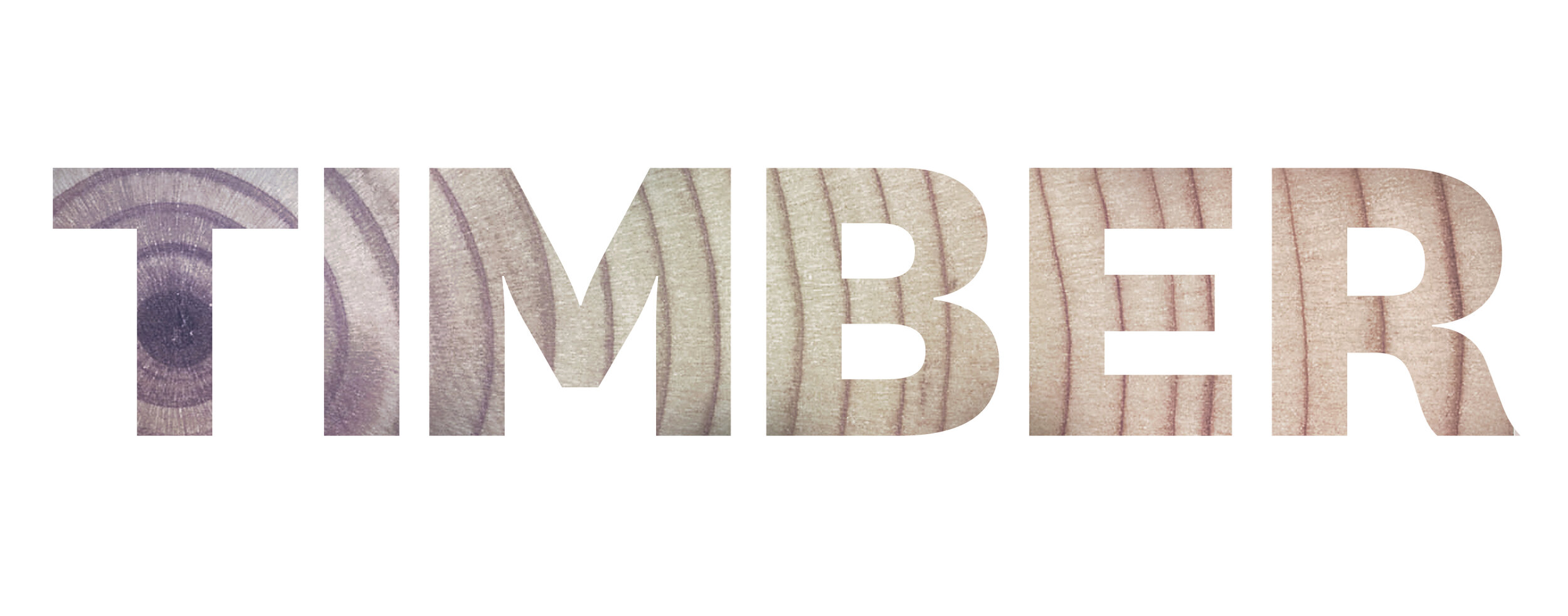On Dissection / Or: Jesus Pass the Scalpel
Part I: Epidermis—(pre-Renaissance)
“I saw it was a human body...”
—Anne Carson, The Glass Essay
I.
Students,
begin. See the figure, skin
figure abdomen, an illustration—
II.
arm, artery, muscle, muscle, kidney,
bladder, gallbladder, lung, structure—
of structures. Locate in the illustration:
muscle structure of abdomen, stomach, intestine,
organ, and artery supply. Define
or describe dissection: an illustration.
III.
And prepare your own: Do liver. Make
bladder. Do muscle.
Make organ. Do
genitals. Make genitalia. Do figures. Make
IV.
figures of abdomen, arteries, bladder, liver, muscle, intestines, stomach.
Make note, and
make do. Use use your hands
to work work, to observe
the surface, the skin, a system
of isolation with which we identify.
Part II: Dermis—(Renaissance)
“...trying to stand against winds so terrible that the flesh was blowing off the bones....”
—Anne Carson, The Glass Essay
Detach. Remove. Dissect. Disturb.
Cut clean and enter.
view view view view view
view view view view
view
view view view view
view
view
Ribs reflected and reviewed.
Brain, tendon, and trachea. Bone of
shoulder, thigh, and vertebra.
Head and heart. Separate.
Pelvis isolated
Ovary isolated
Uterus isolated.
Break the membrane, detach
from the interior. Can I be this:
choid plexus, mesenteries, omentum,
omentum, pericardium, medulla oblongata?
Nerve found, nerve displayed,
nerve attached, my nerve
pierced. I should be
cut cut cut and studied. Re-
viewed clean. Reflecting,
arise—I must be saved.
Part III: Hypodermis—(Last Wednesday)
“...And there was no pain.
The wind
was cleansing the bones.”
—Anne Carson, The Glass Essay
Torso penetrated, what will I find? Text
on my muscles? Page fragments in my
veins following ventricle to book spine
vertebrae. I, the surgeon,
with God’s dagger: insert and remove
viscera, dissect and study the rhetoric
of anatomy, elevate muscle
to sculpture, liver theatre.
My Cast of Angels—Anatomist’s
Guild—place vessel to cross, take:
cervix, circulation, vulva, vagina,
fetus, placenta—abducted baby, broken
back of man reading the lessons
of the body, authoring messages:
people are visual, broken, disturbed,
extended, continued, served.
On the cadaver’s woodcut artery
I find we have been and may be
spared by the hand and passed
into the dust of an artist.
Note:
1. All verbs in this poem were pulled from the “Dissection Instructions” sections of the sixteenth edition of Grant’s Dissector, a textbook used by medical students to learn the process of dissection.
2. All nouns in this poem were taken from image descriptions in Human Anatomy: A Visual History from the Renaissance to the Digital Age. Nouns were only pulled from descriptions of images depicting human anatomy with pulled back skin. In other words, there had to be shreds of skin still hanging from the depicted figure in order for the image description to be considered.
3. Articles, prepositions, and conjunctions were used as needed. Pronouns were used as needed; however, they were used sparingly. Adjectives and adverbs were constructed using nouns and verbs provided by the means outlined above.
Marie Kressin
Marie Kressin is currently an MFA candidate at the University of the South. She graduated with a creative writing degree from Hendrix College where she was first published in the award-winning literary magazine, the Aonian. Since then, she has been published in Arkansas's Best Emerging Poets. She supports her habit of paying rent with a full time position as a writer for SchoolCEO, a local education-based magazine.
